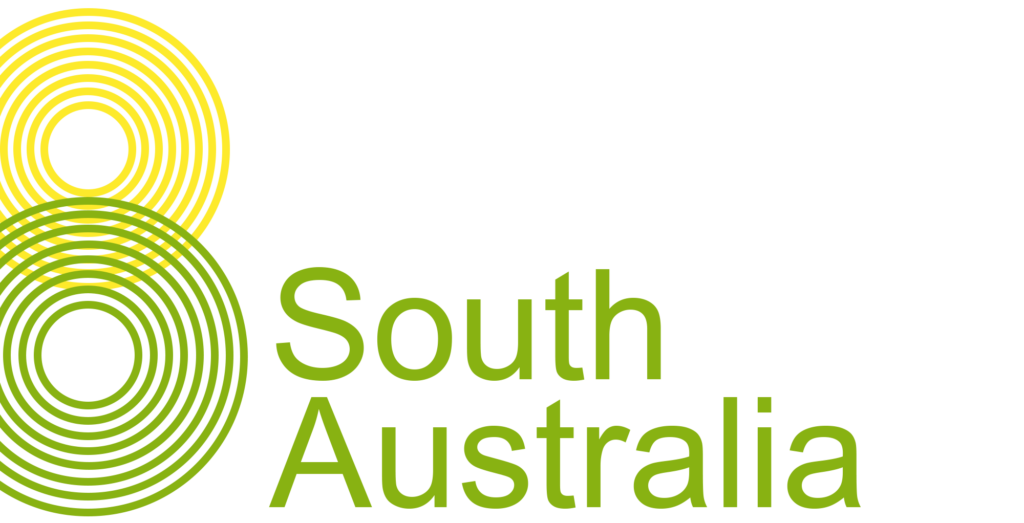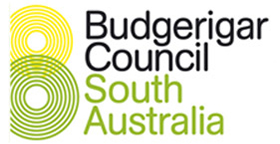
Egg Management
Budgerigars, commonly known as budgies, are popular pet birds that are native to Australia. Breeding budgies is an exciting process that requires proper egg management to ensure the healthy development of their offspring. In this article, we will discuss budgerigar egg management, including how to handle, incubate, and care for budgerigar eggs.
Handling & Marking Budgerigar Eggs
 Budgerigar eggs are delicate and fragile, and they must be handled with care to avoid damage. When handling budgerigar eggs, it’s essential to wash your hands thoroughly to prevent contamination, as the shell is porous. Use a soft cloth or tissue to gently pick up the egg, being careful not to apply too much pressure or drop it. Avoid rotating or shaking the egg, as this can damage the developing embryo inside. You can mark the eggs using a waterproof non-toxic marker pen, ensuring the tip is not sharp. Breeders mark their eggs to identify the laying sequence.
Budgerigar eggs are delicate and fragile, and they must be handled with care to avoid damage. When handling budgerigar eggs, it’s essential to wash your hands thoroughly to prevent contamination, as the shell is porous. Use a soft cloth or tissue to gently pick up the egg, being careful not to apply too much pressure or drop it. Avoid rotating or shaking the egg, as this can damage the developing embryo inside. You can mark the eggs using a waterproof non-toxic marker pen, ensuring the tip is not sharp. Breeders mark their eggs to identify the laying sequence.
Incubating Budgerigar Eggs
Once the female budgerigar lays her eggs, she will incubate them to ensure proper development. However, if you’re breeding budgies in a controlled environment, you may need to incubate the eggs yourself. The ideal temperature for budgerigar egg incubation is between 37.0 and 37.2 degrees Celsius, with a relative humidity level of around 65%. You can use an incubator or a broody hen to keep the eggs warm, turning them regularly to prevent the yolk from sticking to the inside of the shell. If a hen is sitting (incubating) at a lower temperature, the incubation period can take up to 21 days. Because of the low temperature, the humidity level will also be affected. The flow on effect is that the chick may not absorb its yolk sac, which can significantly reduce its chances of survival.
Caring for Budgerigar Eggs
During the incubation period, it’s crucial to provide proper care for the budgerigar eggs to ensure successful hatching and healthy offspring. This includes keeping the eggs clean and ensuring a consistent temperature and humidity level. Avoid touching the eggs too often, as this can damage the shell and disturb the developing embryo, and the porosity of the egg causes bacteria from your fingers to transfer inside the egg. Also, keep the eggs away from direct sunlight, drafts, and other disturbances that can affect the incubation process.
Breeders often remove feathers from the nest, to ensure the quill does not pierce the shell. Checks are also completed of toe nails to ensure that they are not overly long or sharp, which could puncture an egg. Vermin ingress is another concern, which can distract a hen, and cause her to leave her eggs. If this occurs during the night, the ensuing cold will often cause the embyro to fail.
Conclusion
Budgerigar egg management is an essential part of breeding these beautiful birds. By handling the eggs with care, providing optimal incubation conditions, and taking necessary precautions, you can ensure successful hatching. Remember to consult with a veterinarian or an experienced breeder if you have any questions or concerns about budgerigar egg management. With proper care and management, your budgies can continue to thrive and bring joy to your life.
